A Beginner's Guide to Baijiu
The dragon has teeth, so learn to respect it.
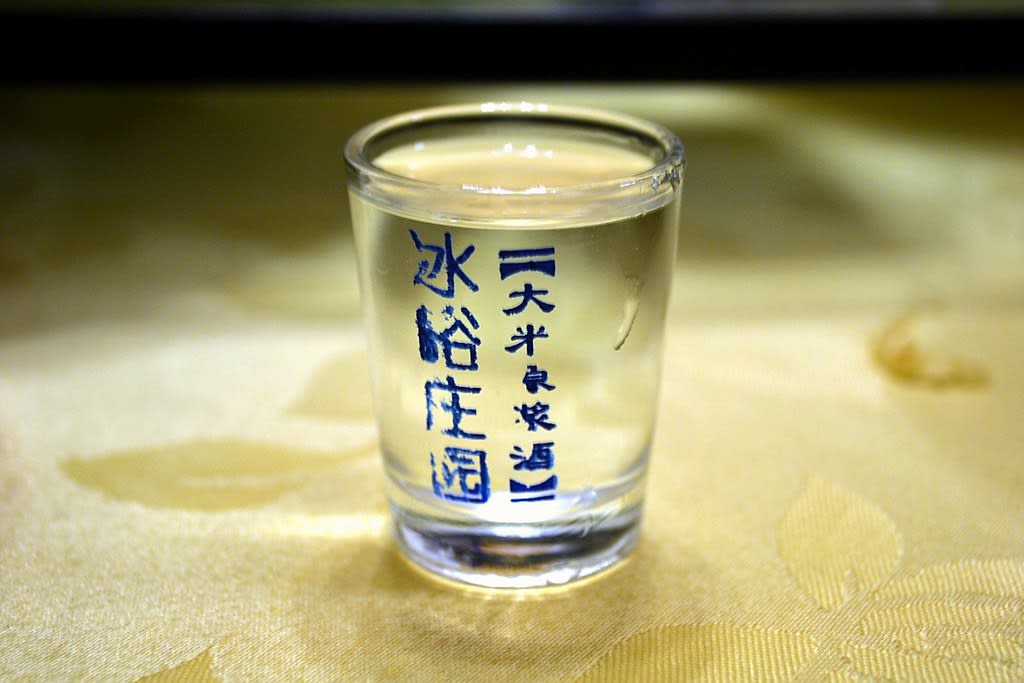
In recent decades, Westerners have become well-acquainted with the concept of rice wine, particularly sake, a key component of our cultural obsession with Japan. But the Chinese variety - baijiu, literally "white wine" - is far less known. Baijiu is, in some ways, an oddity: By volume it's the best-selling spirit in the world by a wide margin, yet the export market is all but nonexistent, leaving it little known outside of the country.
Yet there is an ongoing effort to spread baijiu outside of China. Some chic bars in places like London serve it on their standard menu, and there's even Australian-made baijiu hitting the market. Even so, it's most likely that one will encounter baijiu in China, and both the product itself and the culture surrounding it may be unfamiliar enough to throw up a wall - and those who venture forth might end up meeting the floor after trying just a little too much.
So here's a brief primer on baijiu and how to survive a brush with it.
The basics
Let's get this out of the way first - baijiu has teeth. As it resembles vodka, it's tempting to assume that it has the same alcohol content as a more familiar spirit - about 40%. The alcohol content can actually range pretty widely. While many brands have about a 40-50% ABV - a hair or two higher than vodka - others can exceed 60% ABV. You would be well-advised to scrutinize the bottle before imbibing.
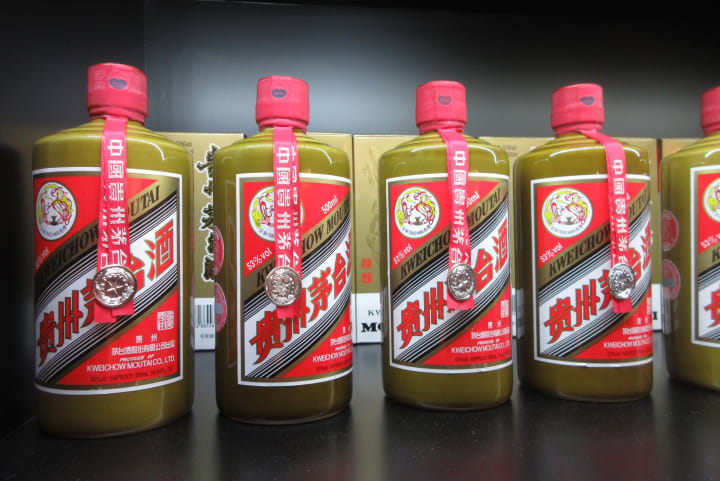
Strength isn't the only difference here - there are many varieties of baijiu, each with its own characteristic aroma, appearance and price. Low-end baijiu is so cheap that the alcohol is probably worth less than the ceramic or glass in the bottle. High-end bottles, on the other hand, can go for hundreds of dollars, or even thousands for certain historically well-known brands. As a rule, if you are picking out baijiu on your own, be cautious of the upsell - shop attendants will try to move more expensive bottles if they think you have money (and they will). A little help from a non-interested party can go a long way.
Most likely, you'll be served baijiu at a restaurant or at someone's house - it being common to drink it with food. Baijiu is served at some bars, but you're a lot more likely to encounter beer or imported spirits (usually brandy or Scotch whisky) at such establishments.
Traditional drinking
Conventionally, baijiu is drunk neat at room temperature. This may already be enough to frighten off many foreigners, who may picture their misspent youths doing shots at some hazily-remembered bar. For those a bit bolder, this can be an entertaining - if treacherous - ritual.
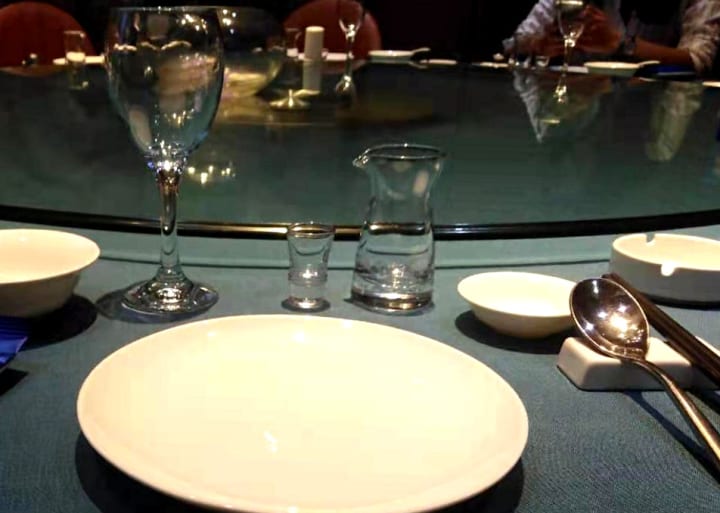
Typically, two pieces of glassware are used with the consumption of baijiu. The first is a small beaker-like decanter that can hold perhaps a few ounces of liquid; the other is a drinking cup resembling a downscaled shot glass or miniature chalice. A personal serving is poured into the first container from which the diner can fill the second, which spares the need to pass the bottle around. You might not see the larger vessel at a smaller dinner party, and sometimes the drinking cup might be substituted for a small ceramic cup.
Baijiu is consumed over a series of toasts - one person will toast either the whole table or one person, who is then expected to drink. This particular ritual can easily lead to overdrinking, especially if there are few foreigners in the room - "destroy the laowai" being a favorite sport in China. Drink slowly and advise your hosts if you are at your limit.
Modern drinking
Between the strength and the aroma - an earthy bouquet that many foreigners liken to grass or hay - baijiu is not a very accessible drink for Westerners. To make it more appealing, some have suggested using it in cocktails. Even the Chinese have gotten in on this, with some distillers selling kits that package rice wines (baijiu included) with beverages intended as mixers or chasers.
Despite the superficial similarities to neutral grain spirits such as vodka or Everclear, baijiu can not be easily substituted into other drink recipes. It has a distinct flavor, and any mix should emphasize that flavor rather than masking it. To that end, a mixer with a subtle flavor might work best. The Chinese kits usually include a citrus-flavored mixer such as a lemon-lime or orange soda, typically one on the dry side. If you can't find a dry soda, then a common lemon-lime soft drink like Sprite or 7 Up will work.
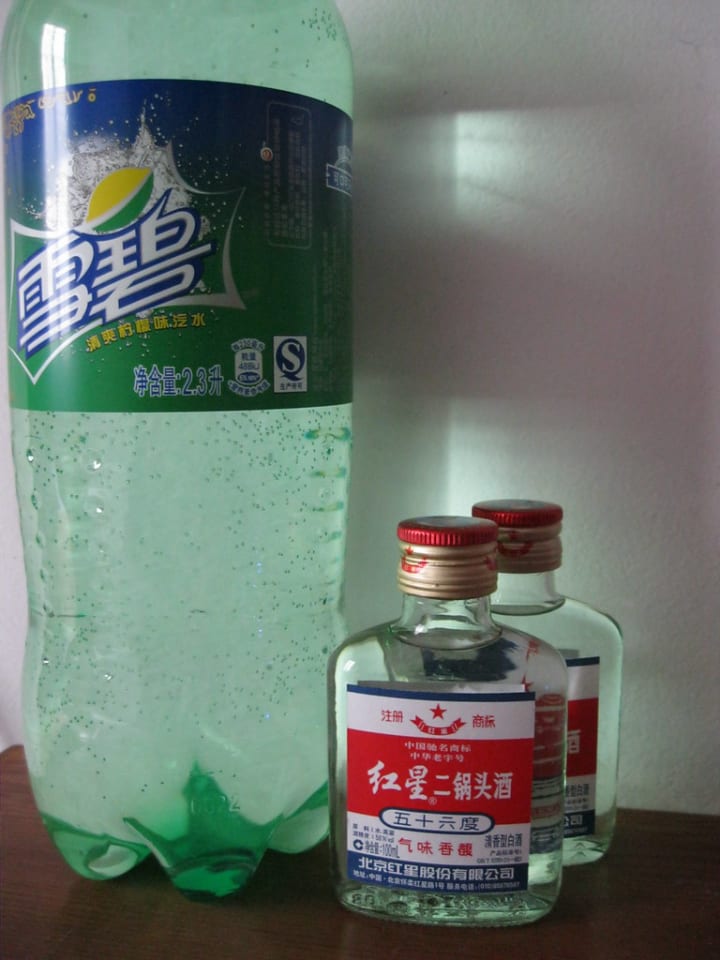
Baijiu is going to be unlike anything you've tried, even if you've consumed other rice wines in the past. It's certainly an acquired taste and not everyone is going to care for it. However, if you're in the mood for something new, don't mind going a touch over the limit, and know how to get ahold of it, baijiu can make for an interesting evening.
About the Creator
Andrew Johnston
Educator, writer and documentarian based out of central China. Catch the full story at www.findthefabulist.com.
Enjoyed the story? Support the Creator.
Subscribe for free to receive all their stories in your feed. You could also pledge your support or give them a one-off tip, letting them know you appreciate their work.

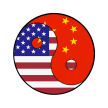




Comments
There are no comments for this story
Be the first to respond and start the conversation.